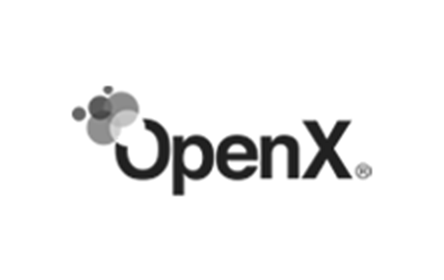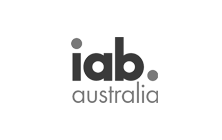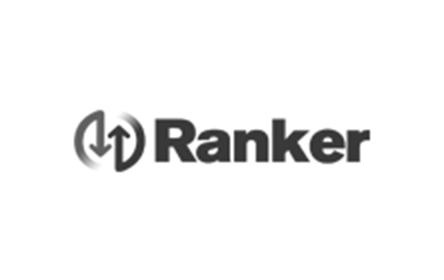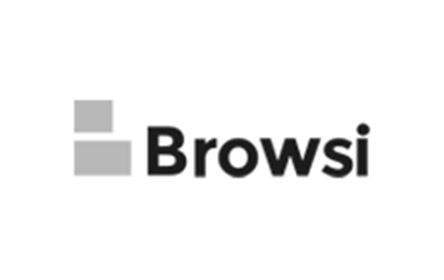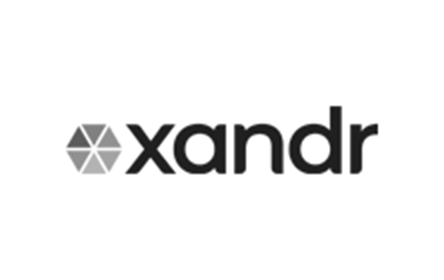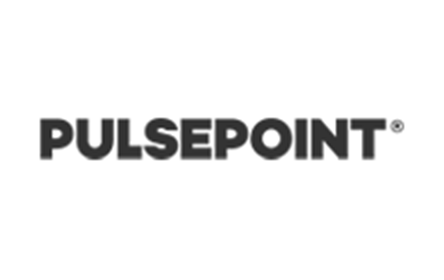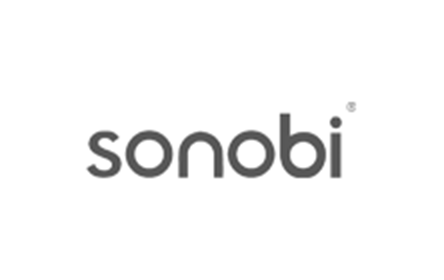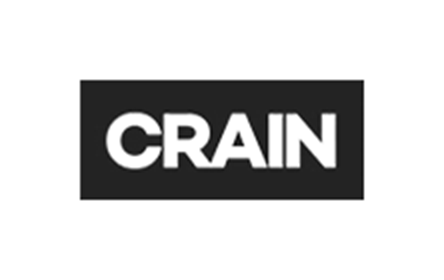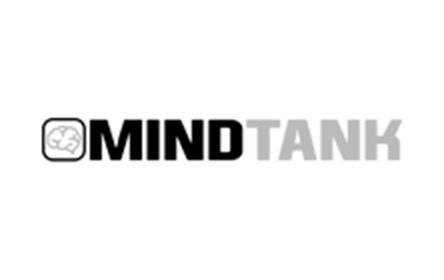1.0 Release: June 2021. buyers.json and DemandChain Object are two new buy-side transparency standards being introduced by the IAB Tech Lab (the 3rd being the Ad Product Taxonomy)
Overview
What is buyers.json?
buyers.json is a file made publicly available by DSPs that identifies the names and IDs of the buyers they represent, facilitating quick identification of threat actors when attacks occur. Buyers.json would bring transparency to the buy side in the same way that prior initiatives such as Sellers.json and Ads.txt brought transparency to the sell side.
Why is this important?
Advertisers are attracted to digital advertising for the enormous reach it offers, its advanced targeting capabilities, and the ability to measure results quickly and adapt. These same factors make digital advertising a powerful attack vector for malvertisers.
The door to the ad tech ecosystem is largely open: with a creative asset and a credit card, anyone can buy an ad and go live, often with minimal vetting and oversight.
One of the chief challenges with eradicating malvertising is buyer identification. Malvertisers take advantage of the highly fragmented nature of the ecosystem by exploiting the weakest links and jumping frequently from DSP to DSP. As soon as they are found out on one DSP, they seamlessly shift their campaigns to a new one. Publishers and SSPs seldom have insight into the identities of buyers and therefore cannot relay the information to the DSP that would allow them to block a known bad entity across all the access points at once. The end effect is whack-a-mole, with the same entity appearing again and again across different DSPs.
buyers.json helps solve the problem of buyer identification and is a necessary step to protect users from malvertising, reduce the use of ad blockers by restoring user trust, and protect the overall publishing ecosystem.
"A huge number of publishers are struggling to survive. Any cost increase or revenue loss is a problem, especially for the long-tail."
"buyers.json is a no-brainer. If we had been better stewards of our space we might not be where we are today."
"There is no silver bullet for this problem. There's a lot of incentive for bad actors. We have to work together to find solutions."
>_ June 2021
buyers.json And DemandChain Object
If successful, buyers.json could open the door to new opportunities:
- Standardized methods for disclosing buyer information on the client-side.
- Consistent and common taxonomy of brands and categories.
- A certification program for accepted ad servers.
- A centralized registry of buyers.
- DemandChain, a new object within OpenRTB that would allow sellers to see all parties involved in buying the creative.
Commitment
What do we ask of you?

Declare
Sign this pledge to support a unified declaration from top SSPs & Publishers that buyers.json is critical to the fight against malvertising.

Commit
Communicate your ongoing commitment discourage or disallow demand sources that choose not to adopt buyers.json.

Support
Voice your support with IAB Tech Lab, the non-profit consortium drafting the specifications for buyers.json.
Let's all work together to make the advertising ecosystem function at its best.
Add Your Company Name to the buyers.json pledge
Add your name to the list of publishers, DSPs, and SSPs pledging to support buyers.json and eliminate malvertising from the digital advertising ecosystem.
>_ June 2021
The Time For Buy-Side Transparency Is Now
buyers.json and DemandChain Object are ready for implementation to help address challenges around malvertising and nefarious ads
Supporters
Webinars, Events, and Other Resources to Help You Spread the Word
-
buyers.json and DemandChain Are Here: Your Chance to Improve Buyer Transparency
Buyer transparency in the programmatic advertising industry is no longer just a good idea.
-
Interview with John Murphy, Chief Strategy Officer at Confiant
SpotX works with many dedicated inventory quality experts who really know their stuff.
-
IAB Tech Lab Releases New Buy-Side Transparency Specifications for Public Comment
buyers.json and DemandChain Object enable sellers to know their advertisers, to prevent malware and ensure brand safety and ad quality.
-
sellers.json Was A Boon For Transparency. Now It's Time For buyers.json.
It's time to provide sellers with transparency into the buy side of the industry, just as buyers have rightfully demanded transparency from sellers.
-
What The IAB's buyers.json Transparency Initiative Means For Digital Advertising
PubMatic's Eric Bozinny explains the benefits of the buyers.json initiative, which seeks to illuminate the buy-side supply chain, creating a cleaner ecosystem for all.
-
Supply Chain Transparency Should Have a Buy-Side Twin
Michael McNeeley, Vice President Product, Demand and UI at Index Exchange discusses progress in the fight against fraud on the sell side, and how this can be replicated on the buy side to combat malicious actors.
What is buyers.json
and how to talk about it with your comms teams
[UPDATED 8th April 2021]
Our Publisher Survey Q1 2021
from 70 leading publishers from around the world
[22nd April 2021]




